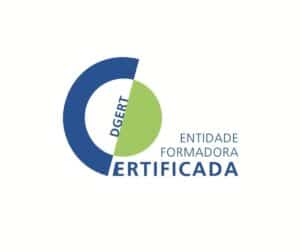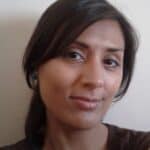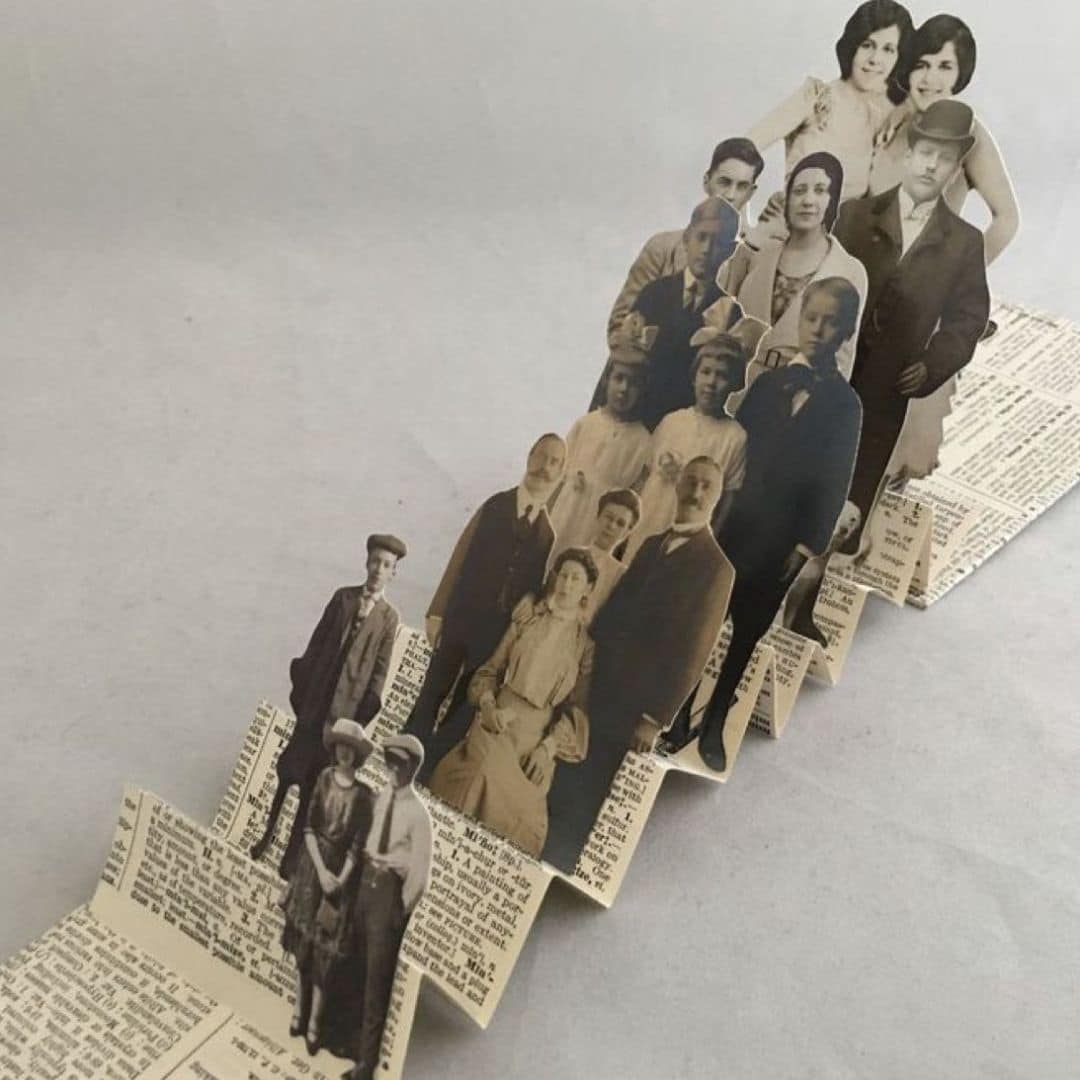The Oral History online course presents the essential guidelines for carrying out a project and conducting oral history interviews as well as the main problems that may arise.
Oral History Online Course
Languages: English Also available in: português | español
Oral History allows us a clearer view of the Past and can fill gaps left by documental records
According to historian Paul Thompson it was the first kind of History.
Today, for historians it is a discipline of history and uses a specific method of collecting and processing oral sources .
Learning Objectives – Oral history online course
The Oral History online course aims to familiarize participants with the practice of Oral History, presenting essential guidelines on the practices that can be followed in the professional sphere, as well as the main problems that may arise.
In the Oral History Online Course you will learn
◌ Distinguishing and recognising Oral History as a methodology of History.
◌ Recognising its importance in the preservation of Intangible Heritage.
◌ Identifying and describing the key elements needed to develop a project.
◌ Knowing how to recognise potential problems related to the implementation of the project (particularly during the interview and processing of the information).
◌ Applying the best practices during a project.
◌ Recognising and applying the correct procedures during oral history interviews
◌ Identifying key materials and equipment necessary for the oral history interviews process.
◌ Identifying methods and recognising the importance of making the data available to the public.
The Oral History online course fee includes 24-hour access for an unlimited time to:
- Lessons for each theme of the program
- Downloadable texts
- Explanatory videos
- Evaluation (1 final questionnaire)
- Certificate.
How it works
Oral History online course structure
1 – What is Oral History?
- The first type of history
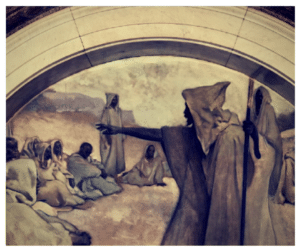
- The process of recording memories
- Is everything you collect Oral History?
2 – The project
- Choosing a project
- Researching and mapping the field of action
- Who to interview and how to approach the public
- Where to go
- Organizing prior information and supporting documentation
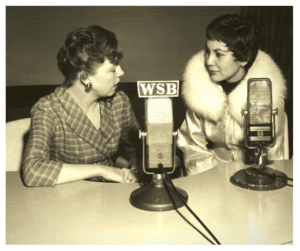
3 – The interview
- How to do it
- Authorizations and safeguarding personal data
- How to approach the interviewee
- What equipment to use
- How to process the information
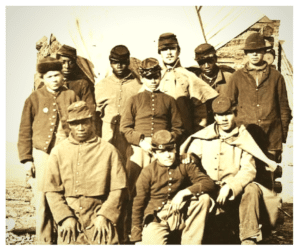
4 – Archiving and making records available
- Archiving data: main considerations
- Sharing the stories told

